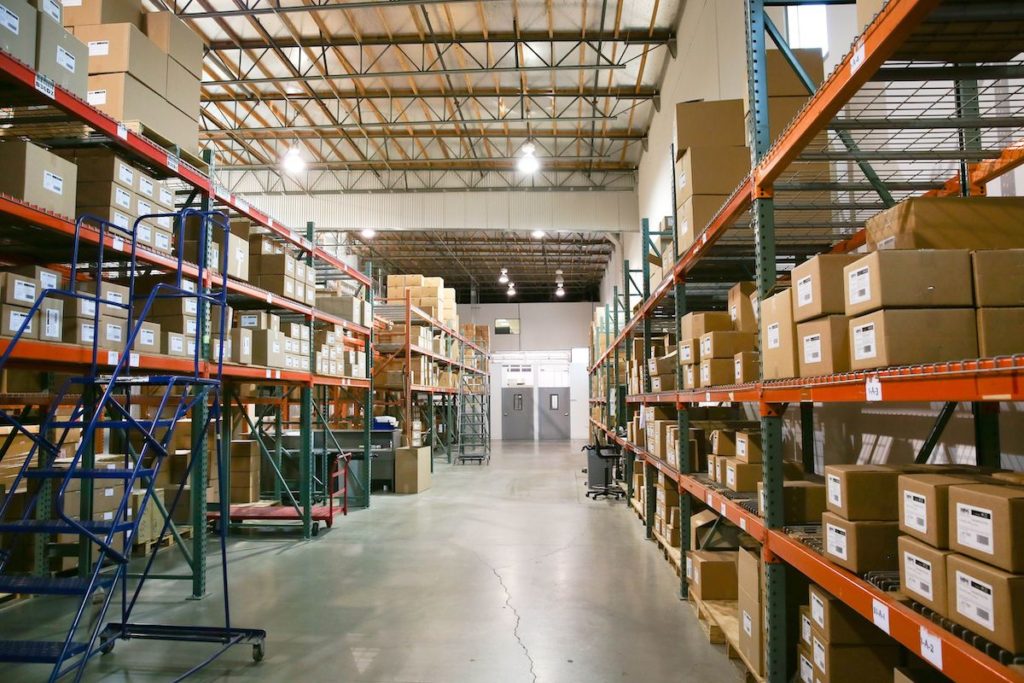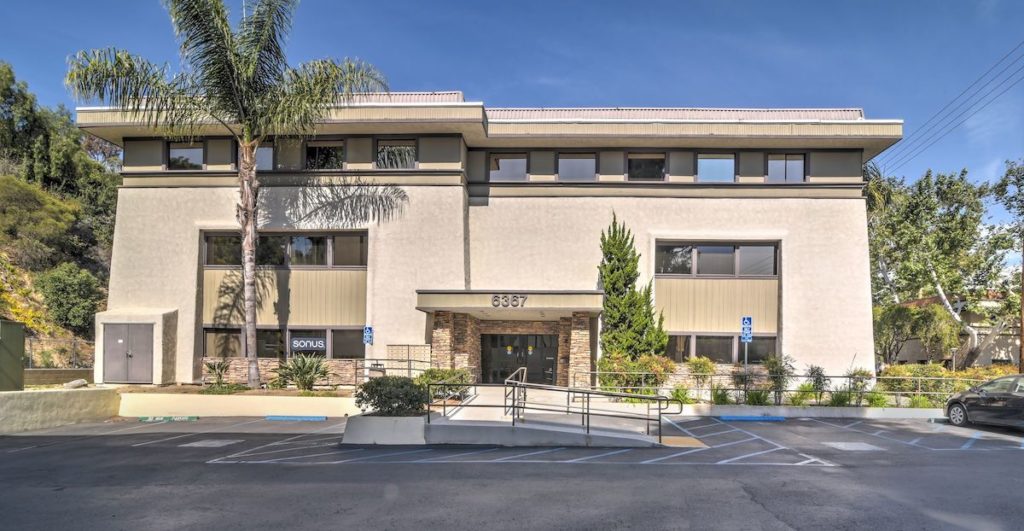A continuation of our answer to this complex and important question.
Last week we began our series on the potential impact of a recession on the industrial property market. Our intention for the series is to sift through all the mixed economic messages and market metrics to help you stay informed and keep your real estate strategy aligned with rapidly changing market conditions. If you didn’t get a chance to read Part 1, click here.
In Part 1 we discussed the likelihood of decreased owner/user transaction velocity and a flight to quality whereby functionally obsolete buildings would be particular vulnerable to lower valuations as more quality inventory becomes available. Since that last post the SBA 504 mortgage interest rate rose 56 basis points to 5.44%, the highest it has been since 2007! That’s an 11.27% increase in monthly interest expense overnight. This is likely to further depress demand from owner/users and precipitate a near-term spike in leasing activity as more would-be owner/users buyers opt to continue leasing or keep their existing owner/user buildings even if they don’t support efficient operations. So, the near-term outlook for landlords with available properties is good, but the risk to sellers is rising.

That rate increase came before the next expected Fed rate hike later this month. Another 75 basis point bump in the Fed Funds Rate is expected with further increases likely heading into 2023. So, mortgage rates look to be heading up further, at least through the end of the year, and that puts a lot of downward pressure on sales prices. Investors and owner/users will have to pay less to cover the increase in interest expense. In other words, it’s making less sense to buy by the day. The question is: will owners recognize it and adjust their pricing expectations accordingly. That’s a big ask given the raging price party owners have been at for the past 11 years. So far, few want to admit that every party ends at some point.
Today we take a quick look at a couple of other trends we see taking hold if recession becomes reality.
First, the further institutionalization of industrial real estate ownership. While it is true that industrial property has long been a desirable target for institutional investors, demand for industrial buildings from the big players has been off the charts since the recovery from the Great Recession began. Perhaps the biggest reason is the rise of e-commerce. There’s no doubt that Amazon changed the world and everyone else who competes with it has changed along with it. Online retail sales growth has mushroomed in the last 10 years and the pandemic gave the sector another huge boost because even those slow to adapt to the concept were forced to do so.
Just in the past few years, vacancy in the industrial sector has plummeted to record lows across the country. In Orange, Los Angeles, Riverside and San Bernardino counties, the vacancy rate for warehouse space is less than 1%. Rents have skyrocketed to new highs and some submarkets have seen a 50% or more increase in average asking lease rates in less than a year. Short supply has stimulated massive new development where land is available, primarily in the Inland Empire. Low vacancy, hyper demand, rising rents and big projects, all high on the list of attributes for institutional players.
Capital from major pension funds has been pouring into the accounts of institutional asset managers who have been highly motivated to get the money in play. The competition between them is unprecedented and that has sent pricing through the roof. In fact, most industrial sales are based on projected rents, which in many cases, has rendered going-in cap rates irrelevant. Institutions have made a huge bet that rents will keep growing, which in times of economic recession, is no guaranteed winner.

That said, the institutions are the tortoise to the old proverb’s hare. They are long term holders who see e-commerce as here to stay even if a recession puts a dent in online sales in the near term. They see Amazon and the rest of the logistics sector needing high quality warehouse space to conduct business far into the future. Their money sources are like-minded, as well, and most of the deals are all cash. That doesn’t mean they are not concerned by the rising cost of capital, but it does mean they don’t have to worry about servicing high-priced debt on any particular asset.
So, as individual investors who are more likely to use leverage to secure large acquisitions head to the sidelines, that leaves the institutions with the dry powder in better position to control more of the product they firmly believe will garner the highest demand in the future. And, as we have already seen of late, institutions will fill the void of waning demand from potential owner/users in need of leverage to acquire smaller properties. For the big institutions, it is about controlling high quality product to capture higher rents to the degree possible. One only has to look at the Irvine Company or ProLogis to see how successful a strategy market share can be.
While we are on the topic, let’s take a look at the possibility that a recession could finally put a cap on rent growth, which has been prolific for several years running, and which actually spiked throughout the pandemic to rates that look more like they are for office than for industrial space. Imagine 5 years ago predicting that the average asking net lease rate would top $1.50 for a warehouse! We don’t know anyone who would have made that bet, even with some big odds. It’s sort of like betting on the Jets to win the Super Bowl before the season starts. Sorry Jets fans, but the point is made.
So, how did it happen? It depends on the market. In the Inland Empire, it was driven almost entirely by the e-commerce sector and 3PL operators who support e-commerce. Their appetite for space has been insatiable, especially for the state-of-the-art warehouses that hav the clearance, loading and fire suppression systems they need to operate efficiently. Even with 20 to 30 million square feet under construction at all times, all of it has been gobbled up in no time with owners enjoying multiple offers on their spaces. Demand has just been too far ahead of supply to keep rents in check.

In Orange and Los Angeles Counties it has been more about the lack of construction because they have both achieved infill status. There simply is not enough land left for meaningful industrial development. So, users needing to stay in their respective markets, bid up the lease rates on even the lowest quality, functionally obsolete buildings because of short supply. However, that may be changing. The slowing economy is finally raining on the parade. Competition for space is decreasing. It’s no longer automatic that a space will see offers from 5 to 10 tenants at a time. Tenants are facing higher costs across the board with the recent spike in inflation, and they are not as inclined to shoot the locks of their wallets as they were just a few months ago.
Time on market for space is on the rise, as well, and we are starting to see more concessions like free rent in lieu of lower asking rates. That means effective rates are already beginning to decline for less desirable space. The highest quality space still commands a premium, but more of it is coming to market at the same time just as demand is falling off. If a recession further eroded demand, lower rates would be the likely outcome for space all across the quality continuum.
At this point, we can’t predict a severe downturn in rents. The evidence is not there at this point, but we do sense a change in direction, if only from our experience in previous market cycles. There are just too many things piling up to safely assume that existing momentum can get us through a rough patch without consequences.
More on the impact of a potential recession in our next post.


Leave a Reply
You must be logged in to post a comment.